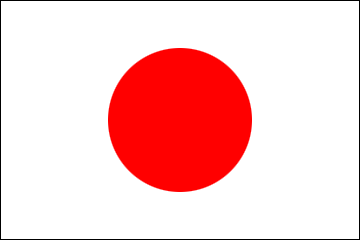From Ambassador
The Icelandic Christmas and its 13 Santa Clauses
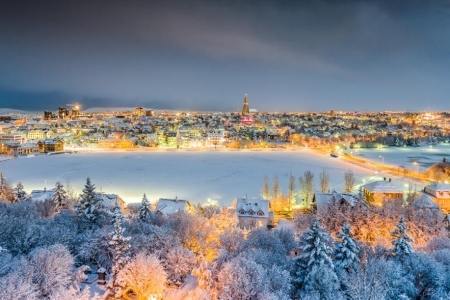
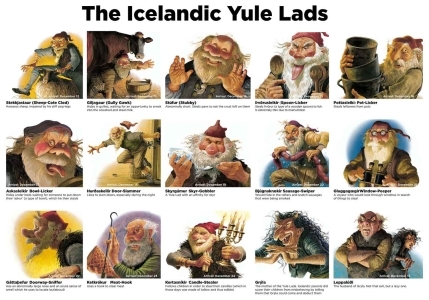
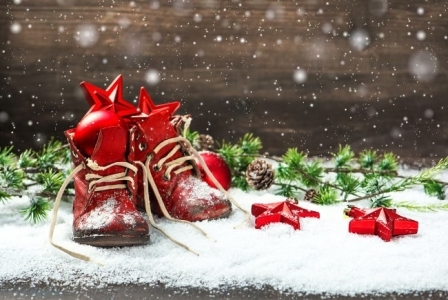
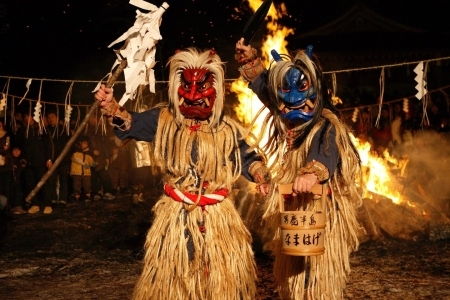
Photo below-right) Namahage
The Christmas season in Iceland officially starts on Sunday four weeks prior to Christmas Day.
Just as in Japan, you will see colorful decorations and Christmas trees in various sizes here and there that uplift people’s Christmas spirits. These lighting decorations are particularly heart-warming here in Iceland when people have to endure the darkest time of the year.
The biggest difference between the Icelandic Christmases and those in Japan and other countries, is its tradition of 13 Santa Clauses. They are said to be descendants of trolls and Ogres that appear in northern mythology and have been aptly named the “Yule Lads”.
From nearby mountains, they come to town one by one during the last 13 nights before Christmas and do all sorts of mischievous acts in people’s households. For a long time they were figures of fear for children.
The character of the Yule Lads began to change, however, when a law enacted in the middle of the 18th century banned parents to use them in order to scare children off. Influenced also by the American Santa Clause from the 20th century, the Yule Lads started to behave like Santa by leaving small gifts for children.
Today, children place their favorite shoes on a window sill on the evening of December 12th and look forward to finding small gifts every morning from one Yule Lad at a time until the 24th. Gifts are sometimes sweets and sometimes small toys while the gifts children receive on the morning of the 24th are supposed to be the most expensive or what they want the most.
Christmas officially starts on the 24th of December at 18 o’clock. Before that time, some people will pay a visit to departed loved ones in graveyards while some will attend Christmas mass. Typical Christmas meals consist of pork meat and smoked lamb. Afterwards, people will open their Christmas cards and gifts that have been gathered under a Christmas tree. On the 25th, relatives will get together and have a Christmas lunch, just like the Japanese New Year day.
From the 25th, the Yule Lads will return to their home in the mountain, one by one, until the last Lad leaves town on the 6th of January, which marks the official end of the Christmas season.
The Yule Lads remind me of “Namahage” in traditional Japanese folklore that originates and has been practiced in the Oga Peninsula area of Akita Prefecture; Namahage is a demon-like being going from door to door on New Year’s Eve, saying such things as, “Any bad kids here? Any lazy person here?”
It is highly unlikely that there was any direct relationships between the Yule Lads and Namahage and I should not compare them as such. I wonder, however, whether there might have been a universal tendency to use awe and fear of the unknown to discipline children.
Thinking of parents who have to masquerade as the Yule Lads, preparing 13 gifts per one child every year, I cannot help but feel sympathy with them. But an Icelandic parent once told me “It is actually quite a hard work, but at the same time it is the most rewarding season as I can see my children’s happy faces for 13 consecutive days.”
That really makes sense and I cannot agree more!
